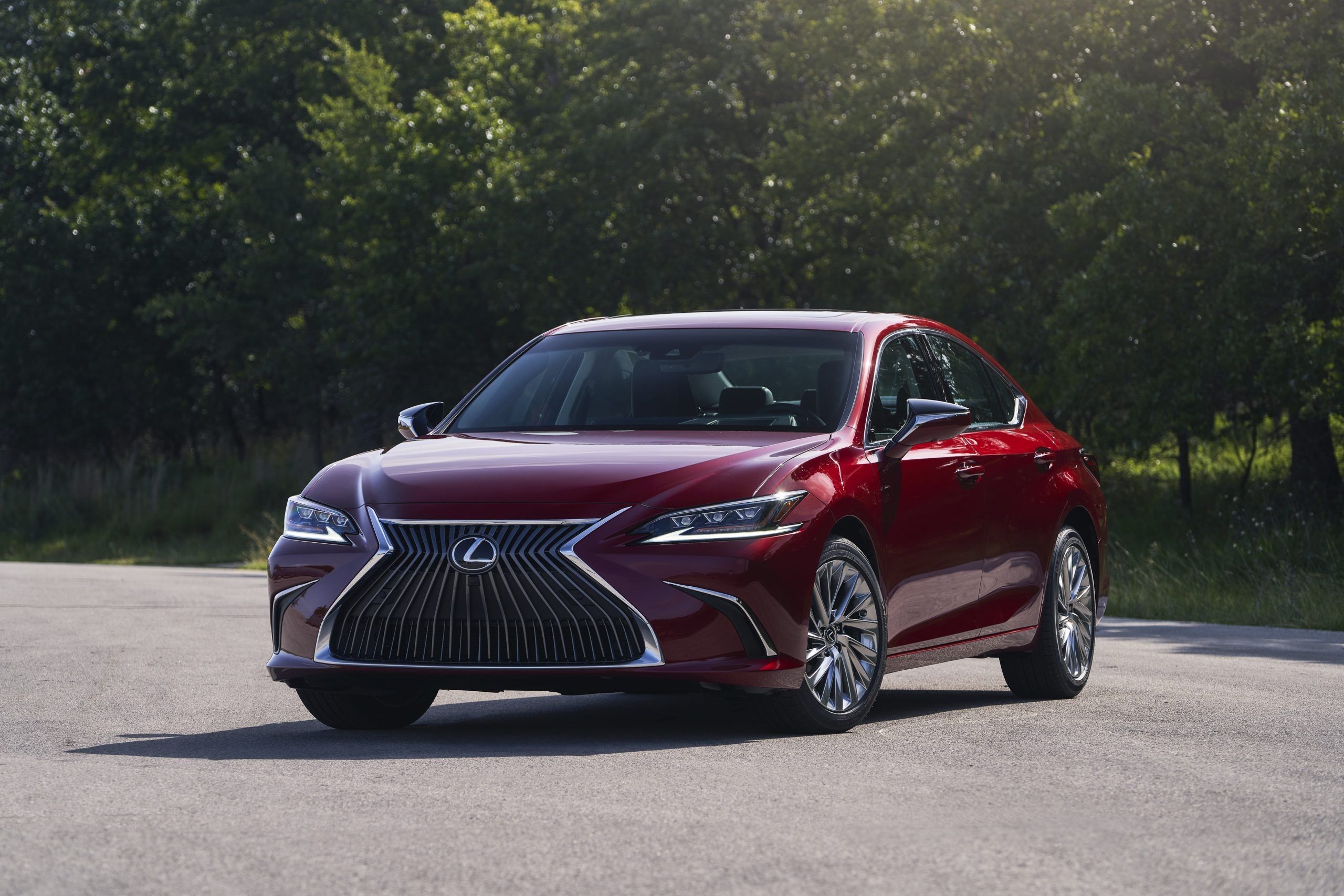
Lexus has unveiled a new technology to keep the air inside vehicles like the Lexus ES much cleaner. In fact, the tech, developed by Panasonic, debuted on the ES in 2021. It's called "nanoe X" and the new air purification technology scrubs the air clean of any impurities before it reaches the climate vents. The plan is to eventually make it available across the brand's entire lineup. Notably, Honda already uses nanoe X, as does Jaguar Land Rover.
Nanoe X works on a somewhat basic scientific principle. Here's how Lexus explains it: "water molecules containing microscopic hydroxyl radicals are discharged into the [car's] airflow. These can inhibit viruses, bacteria, pollen, and other allergens and can act against the spread of mold. They can also counter bad odors and stop moisture evaporation, leading to hydrated skin and hair."
For the layperson, hydroxyl radicals are molecules (diatomic for those that care) that react with elements in the atmosphere, in this case, the car's interior. These hydroxyl radicals attack and inhibit the growth of pollutants like the ones detailed above.
The result is cleaner air in your car. Other brands already utilize similar tech. Notably, the Mercedes EQS EV has an air purifier where a conventional car's engine would live.
For now, Lexus says that nanoe X is available on the UX, RX, and the new electric RZ as part of the brand's Climate Concierge system. Other models will follow next year, but Lexus doesn't say in what order or when.
Circling back to nanoe X, the Japan Food Research Laboratory and other accredited entities have verified the effectiveness of the new purifying tech. The brand states that nanoe X "can inhibit more than 99 percent of viruses and bacteria and achieve a 1.8 percent reduction in odor intensity."
Lexus has used similar technology before, but it claims this is a massive leap forward for the brand. Nanoe X is reportedly much better at doing its job because it puts out ten times more hydroxyl radical particles - an increase from 480 billion per second to 4.8 trillion.
The gains likely won't be noticed by most because the particles are totally invisible to the naked eye, but ideally, the tech will keep buyers healthier than ever.
